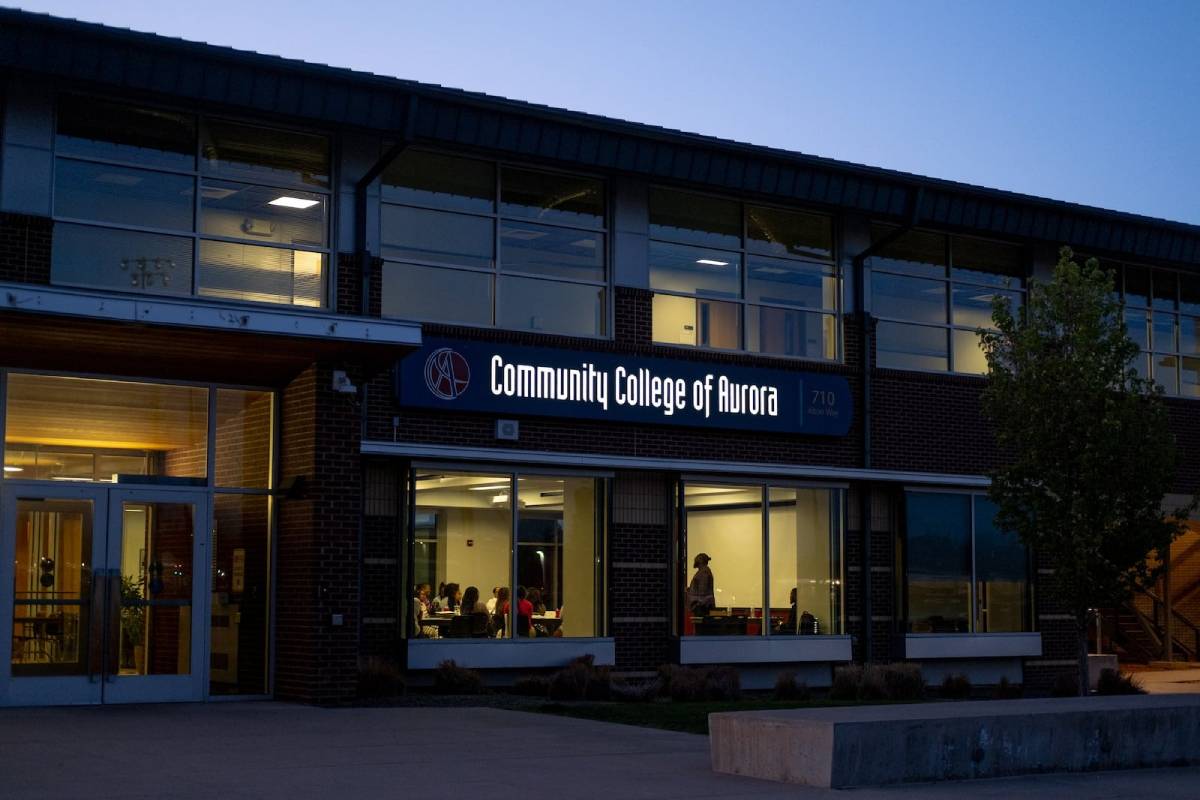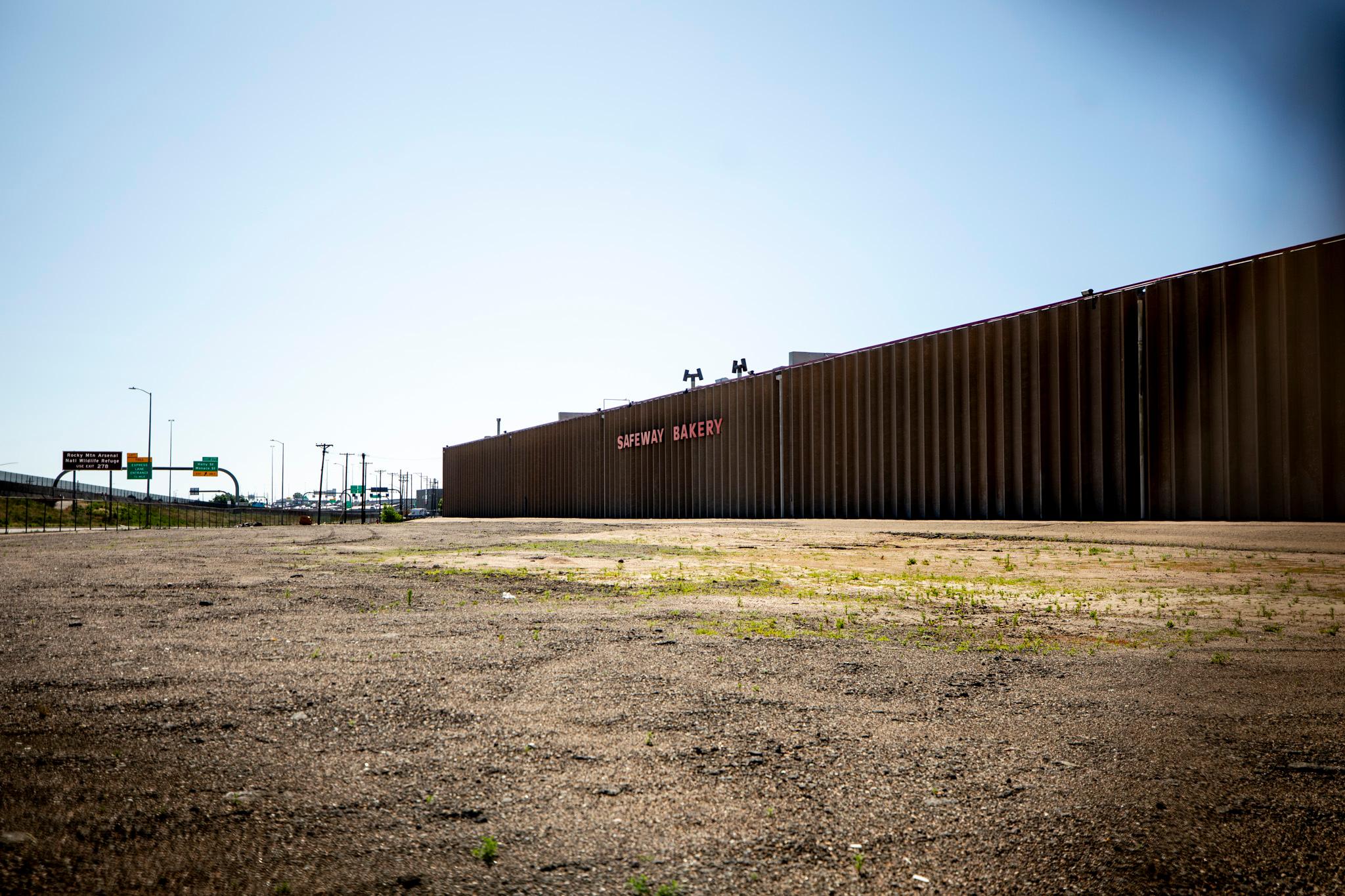
This week Bruce gives us different cultural perspectives on the constellation Ursa Major (the Big Dipper).
The skies of Southern Colorado were not always seen the same way as we do in modern times. If you take look at our evening skies this week to the northwest after sunset, you will see the familiar group of stars known as the Big Dipper. The Big Dipper is an asterism contained in the constellation Ursa Major – the greater she-bear.
Various cultures have seen this constellation in different ways.
The Iroquois Indians see this group of stars as a bear being pursued by seven hunters; the three closest hunters being in the handle of the Big Dipper.
To the Lakota this star group is – Wic ha ki yu hapi -- which means Dipper. These stars serve two different functions as mnemonics for Win Oye Ya - the Lakota Woman's Lifepath - and Ca Oye Ya - the Lakota Man's Lifepath. There are different star names and different teachings for the men's and the women's ways, which together make up the whole Lakota way of life, Lacol Wichoh'an.
The Navajo call this constellation Ná hoo kos Bi ka'ii, the Northern Male. In the Navajo mindset, Ná hoo kos Bi ka'ii is a man lying down on his side. He represents the father & protector of the home.
Our classical Roman version is a story of the beautiful maiden, Callisto, the god Jupiter and Juno’s jealously. Juno changed Callisto into a bear so she would no longer be beautiful. Jupiter had her placed in the sky to remember her. I warn you, the details of the story can be a little grizzly.
Although the Big Bear represents a variety of objects to many cultures - a plow, coffin, skunk… It is even thought possible that the constellation actually got its name 50,000 years ago from a Paleolithic bear cult.
If you’d like to take a closer look at The Great Bear, or any of the other wonderful and amazing things in the sky, please visit CSASTRO.org for a link to information on our monthly meetings and our free public star parties!
This is Bruce Bookout for the Colorado Springs Astronomical Society, telling you to keep looking up, Southern Colorado!








